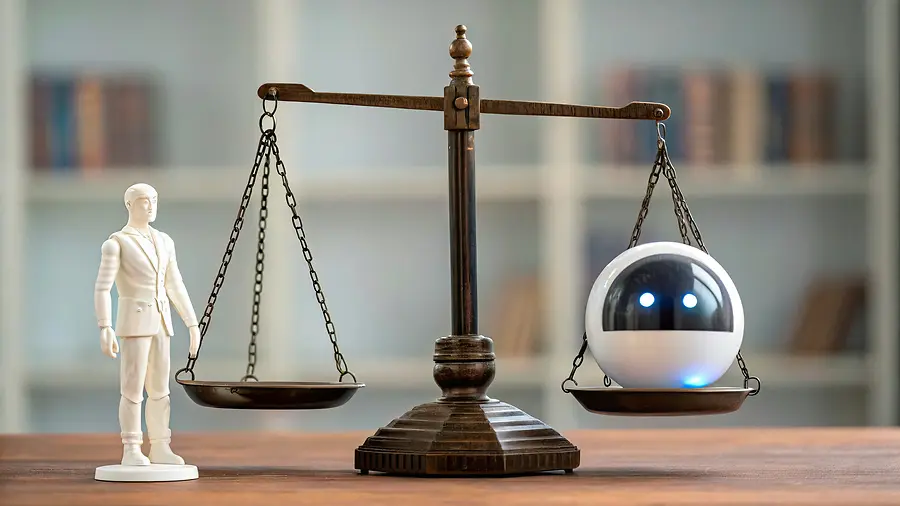The Technology and Human Rights Connection
Harnessing Technology to Strengthen Legal Systems and Human Rights in the Digital Age

This essay will argue that technology presents a significant opportunity for lawyers to better enforce the law. It enables them to more efficiently fulfill their duties—not only to individual clients, who are often large corporations—but also to their overarching obligation to serve the public interest. Furthermore, technology can be harnessed to mitigate the very risks it poses, through innovations such as blockchain, which can be used to accurately and precisely monitor the abuse of legal rights in both the private and public sectors. We are witnessing a paradigm shift where data has become the new currency.
Firstly, technology offers unprecedented tools to address human rights abuses. For instance, mass graves have been discovered using newly developed software. At its core, the rule of law depends on the relationship between citizens and the state. If that relationship is undermined by abuses of power or the state's failure to protect its people from instability and violence, then the legitimacy of the state—and thus the rule of law—is severely compromised. With internet access now recognized as a human right by the United Nations, individuals have greater awareness of their rights. They can document abuses in real time and gain immediate access to legal services, such as support for victims of gender-based violence. This not only empowers individuals but also streamlines legal procedures for lawyers. However, this freedom is double-edged: the right to access the internet must be accompanied by the right to privacy and security.
In such scenarios, institutions like the UNDP enhance state functionality by supporting justice and security institutions.
Of course, it must be reiterated that every legal right corresponds with a legal duty.
To address these complex issues, it is imperative that the legal community adopt a constitutional framework setting out clear rules and purposes for technology, both within and beyond human rights contexts. The Asilomar AI Principles provide a solid foundation for such a constitution, particularly through three key tenets:
- Human Values – "AI systems should be designed and operated to be compatible with ideals of human dignity, rights, freedoms, and cultural diversity."
- Personal Privacy – "People should have the right to access, manage, and control the data they generate, given AI systems’ power to analyze and utilize that data."
- Common Good – "Superintelligence should only be developed in the service of widely shared ethical ideals, and for the benefit of all humanity rather than any single state or organization."
Regarding the first tenet, Amnesty International has already begun using machine learning in human rights investigations, while simultaneously addressing challenges such as algorithmic bias and discrimination in areas like policing, criminal justice, and access to economic and social services. AI has shown a potential capacity to "learn" ethics, as noted by Risse. However, if algorithms used in applications such as underwriting or parole decisions are trained on biased or discriminatory data, they risk perpetuating racism or sexism—posing a threat to the core anti-discrimination provisions of human rights law.
To advance the third tenet, a universal code of human rights must underpin the AI-integrated legal framework. The Universal Declaration of Human Rights could serve as this foundation, ensuring that future AI-driven decisions reflect an agreed ethical standard, benefitting society as a whole rather than favoring particular nations or corporations. The implementation of a "robot tax" also aligns with this principle.
As argued by Abbott and Bogenschneider, automation is rendering manual labor obsolete at an accelerating pace. This leaves governments facing not only the ethical dilemma of widespread unemployment, but also the fiscal challenge of losing income tax revenue previously provided by human workers. One potential solution is twofold: government-funded retraining programs to help workers develop skills relevant to an AI-driven economy, and the taxation of robot workers to compensate for lost tax revenue.


